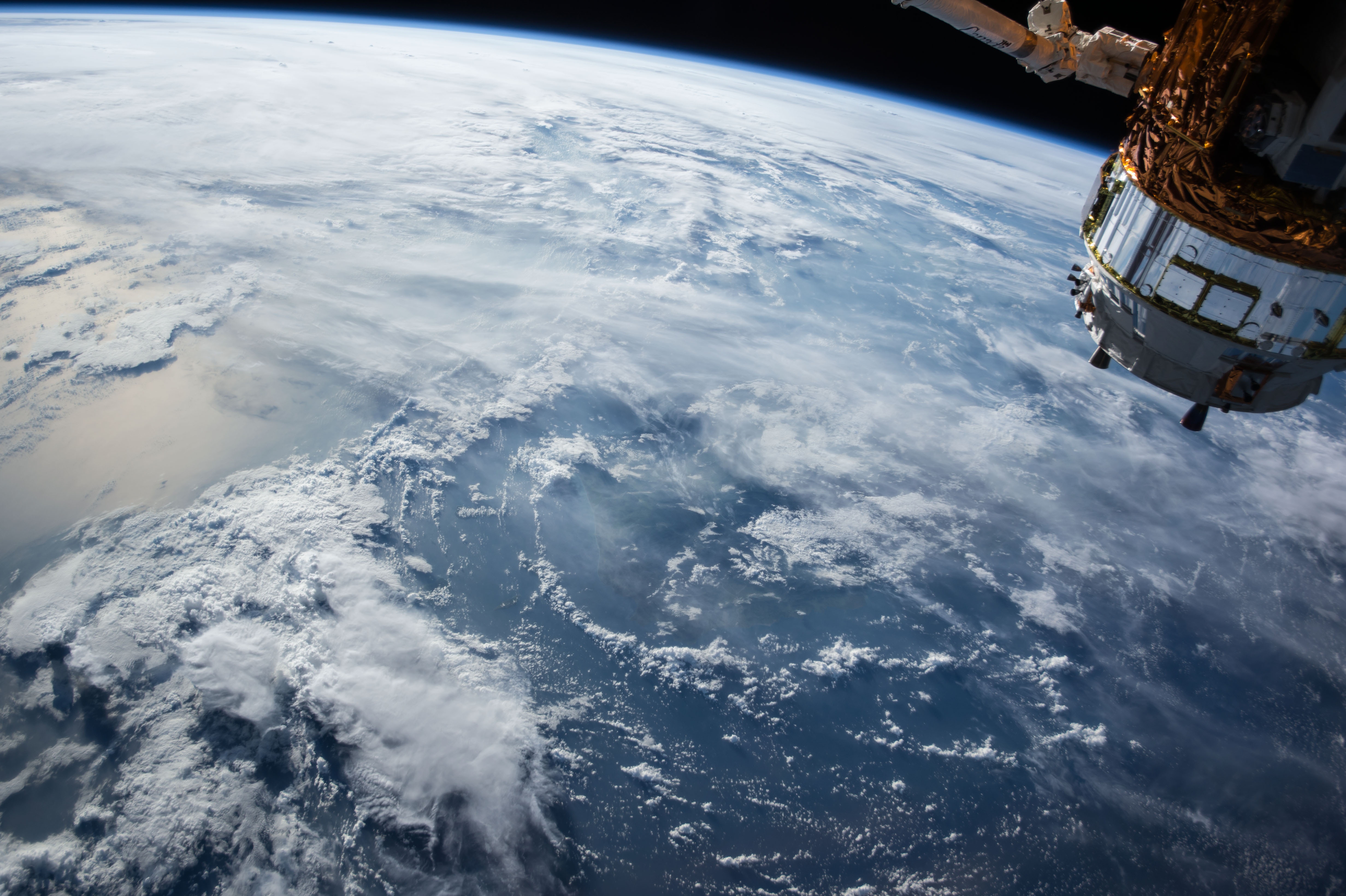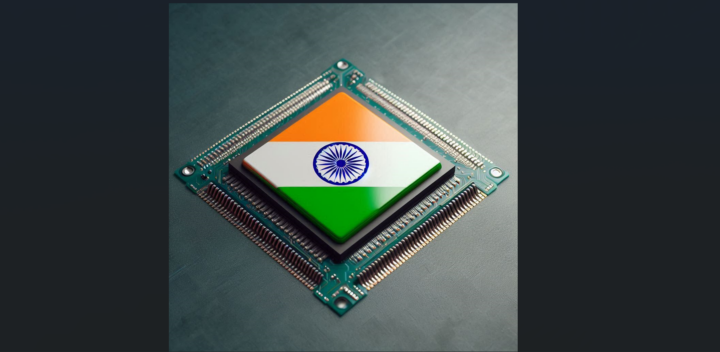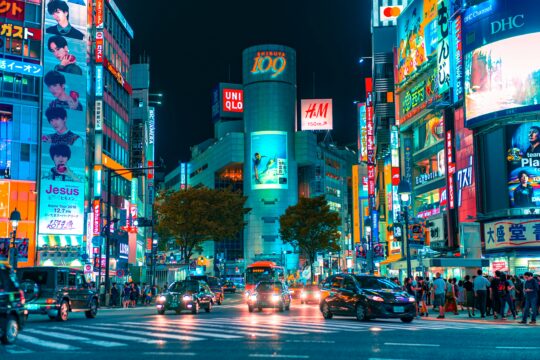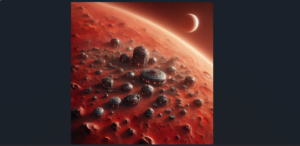Last year the UK’s prime minister, Theresa May, announced that she would be pledging £33 million towards the fight against slavery in Britain.
She stated “This government is determined to build a Great Britain that works for everyone and will not tolerate modern slavery, an evil trade that shatters victims’ lives and traps them in a cycle of abuse.” With nearly 46 million people around the world being forced to work against their will for no pay, modern slavery is a monstrous issue that knows no borders.
The University of Nottingham has now created their Slavery from Space project which is using a novel method to help bring an end to slavery. A team of geospatial experts are using Google Maps and dozens of volunteers to trawl through satellite images with hopes of identifying brick kilns. Their work is focusing on India where the Global Slavery Index estimates there are over 18 million slaves.
According to the project’s website, the brick making industry is built upon millions of manual labourers. Up to 68 per cent of the 4.4 to 5.2 million brick kiln workers in South Asia are assumed to be working in bonded and forced labour conditions, and approximately 19 per cent of the region’s documented brick kiln workers are under 18 years of age, both of which are prohibited by international law. Furthermore, at the beginning of 2017, the Thomson Reuters Foundation reported that 200 children, mostly under the age of 14, were found working at a single brick kiln in Southern India.
“Satellite imagery has never been more cheaply or freely available from sources such as Google Maps. But while satellites successfully automate data collection, computers remain inferior to even the most untrained human eye for analysing images to identify patterns”, explains Dr Jessica Wardlaw from the University of Nottingham’s geospatial science project.
As a result, a large amount of volunteers have been tagging locations for investigation on the ground, to help policy makers and NGOs reach more educated, evidence-based decisions. By the end of June, volunteers had added 6,026 classifications to the initial set of 396 images. Researchers are now in talks with satellite companies to get access to more detailed images, allowing for more accurate analysis rather than having to rely on publicly available Google Maps.
While the project may have a long and laborious task ahead of them, it is certainly a unique way of making a difference from a far. The university now offers a free online course called “Ending Slavery: Strategies for Contemporary Global Abolition” which is open to the public. Taking down slavery will be a long and difficult task, which requires the participation of all nations. However, with advancement in modern satellite technology and the willingness of dedicated volunteers, the world is becoming smaller and smaller with less places for modern slavery to hide.
The project is currently analyzing their results from the first batch of images and has announced it is currently preparing the next mission for volunteers. If you would like to take part, follow this link and watch this space.












